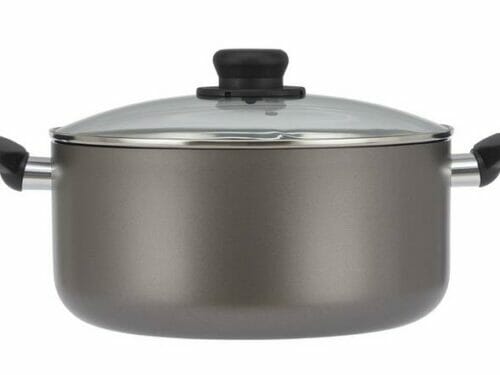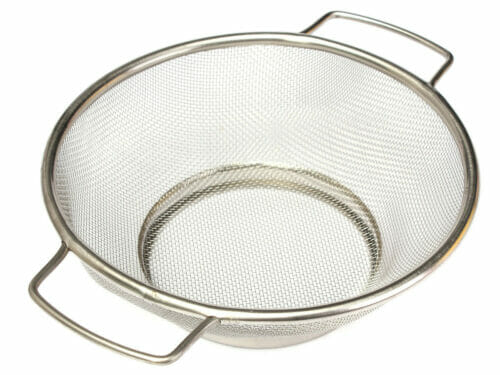
Karaage
Japanese-style fried chicken can be found at homes, in bars and restaurants, and in ramen shops all over Japan. Karaage is so popular that there are even national competitions to determine the best of the best. Our recipe here is a classic one, using soy sauce, sake, ginger, and garlic. Both thigh and breast meat work well. The double-fry technique gives your chicken that extra crispiness. Serve karaage as hot as possible.
Print
Pin Recipe
Servings: 4 servings
Calories: 332kcal
Add to Collection
Equipment
Ingredients
- 1½ pounds boneless skinless chicken thighs, cut into bite-size pieces
- 2 garlic cloves minced
- ½- inch piece ginger fresh , grated
- ¼ cup sake
- 2 tablespoons soy sauce
- 2 teaspoons sesame oil
- ½ cup cornstarch
- Vegetable oil for deep-frying
- Lemon wedges for garnish
Instructions
- In a large mixing bowl, mix the chicken, garlic, ginger, sake, soy sauce, and sesame oil, and toss well to coat. Put in the refrigerator for about 1 hour to marinate.
- Put the cornstarch in a medium mixing bowl. Lift the chicken out of the marinade and place in the bowl of cornstarch. Toss the chicken in the cornstarch to thoroughly coat.
- Fill a deep pot about halfway with vegetable oil. Heat over high heat until a pinch of flour sizzles when dropped into the oil.
- Carefully place the chicken pieces in the oil, stirring when you first put them in to keep the pieces from sticking to the bottom of the pot or to one another. Deep-fry the chicken for 8 minutes. Remove with a slotted spoon and set aside on paper towels for up to 10 minutes.
- Right before you’re ready to serve the chicken, reheat the oil and deep-fry the chicken again for 2 minutes.
- Remove the chicken and let it rest on a wire rack for a couple of minutes to drain. Serve as soon as possible, with lemon wedges.
Video
Notes
Add 2 teaspoons of curry powder to the cornstarch to make curry-flavored karaage.
Storage Hack: Karaage is best enjoyed fresh, but if you have leftovers, keep them in an airtight container. To reheat, use an oven or air fryer for that just-fried crispiness. Hungry for more storage hacks? Join our newsletter for weekly tips.
Nutrition
Serving: 1serving | Calories: 332kcal | Carbohydrates: 17g | Protein: 39g | Fat: 9g | Saturated Fat: 2g | Polyunsaturated Fat: 2g | Monounsaturated Fat: 4g | Cholesterol: 107mg | Sodium: 588mg | Potassium: 669mg | Fiber: 1g | Sugar: 1g | Vitamin A: 1IU | Vitamin C: 1mg | Calcium: 14mg | Iron: 1mg
© Food And Meal
This website provides approximate nutrition information for convenience and as a courtesy only. Nutrition data is gathered primarily from the Spoonacular Database, whenever available, or otherwise other online calculators.

